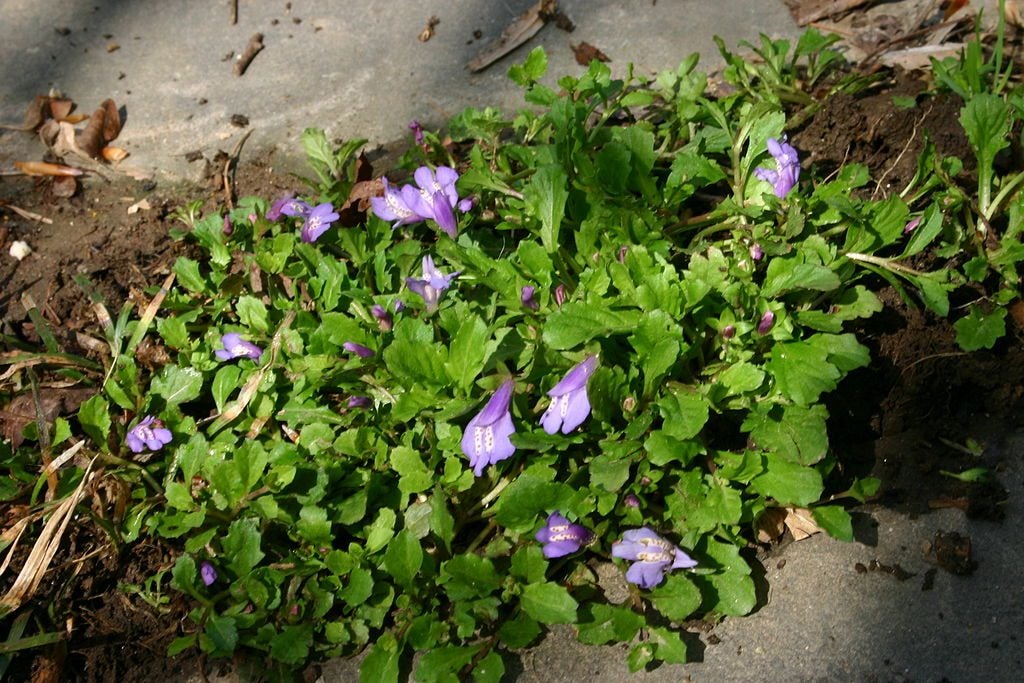Mazus Groundcover: Growing Mazus Reptans In The Garden


Mazus groundcover is a very tiny perennial plant, growing only 2 inches (5 cm.) tall. It forms a dense mat of foliage that stays green throughout spring and summer, and well into fall. In the summer, it is dotted with tiny blue flowers. Learn to grow mazus in this article.
Mazus Reptans Information
Mazus (Mazus reptans) spreads quickly by means of creeping stems that take root where they touch the ground. Even though the plants spread aggressively to fill in bare spots, they aren't considered invasive because they don't become a problem in wild areas. Native to Asia, Mazus reptans is a tiny perennial that can make a big impact in the landscape. It's the perfect, quick-growing groundcover for small areas. Plant it at the rate of six plants per square yard (.8 m.^²) for the fastest coverage. You can also grow it in shaped patches with the aid of barriers to stop the spread. Mazus grows well in rock gardens and in the gaps between the rocks in a rock wall. It tolerates light foot traffic so you can plant it in between steppingstones too.
Mazus Reptans Care
Creeping mazus plants need a location in full sun or partial shade. It tolerates moderate to high moisture levels, but the roots shouldn't stand in water. It can live in soil with low fertility, but the ideal location has fertile, loamy soil. It is suitable for USDA plant hardiness zones 5 through 7 or 8. To grow mazus where you now have a lawn, first remove the grass. Mazus will not outcompete lawn grass, so you need to make sure you take up all the grass and get as much of the roots as possible. You can do this with a flat shovel that has a fairly sharp edge. Mazus may not require annual fertilization. This is especially true if the soil is rich. Spring is the best time to fertilize the plants if necessary. Apply 1 to 1.5 pounds (680 g.) of 12-12-12 fertilizer per 100 square feet (9 m.²). Rinse the leaves thoroughly after applying fertilizer to prevent leaf burn. Growing Mazus reptans is made easy by the fact that it seldom suffers from disease or insect infestation.
Sign up for the Gardening Know How newsletter today and receive a free copy of our e-book "How to Grow Delicious Tomatoes".

Jackie Carroll has written over 500 articles for Gardening Know How on a wide range of topics.